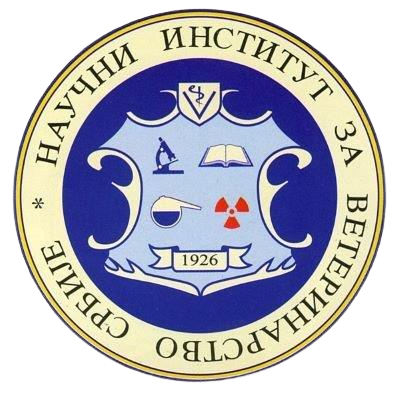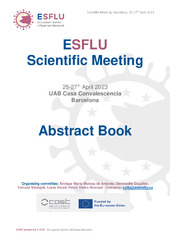| dc.description.abstract | Swine influenza A is the most common respiratory disease in pig production around the world, as well as an important respiratory pathogen that affects pig health, welfare, productivity, and has zoonotic potential. Internal biosecurity practices during the pre-weaning period are critical in farms with an endemic presence of swine influenza to prevent infection and stop transmission. The current study aimed to determine whether there is a link between internal biosecurity and maintenance of influenza on the farm.
A Biocheck online survey (https://biocheckgent.com) was used to assess biosecurity at one farrow to wean pig farm in Serbia. Each assessed category was scored on a scale of 0 (worst-case scenario) to 100% (the best scenario). In the nursery, 10 udder skin wipes were obtained from lactating sows, whereas in the weaned piglets, 10 samples of oral fluid were collected and analysed for the presence of swine influenza A RNA using real-time RT-PCR. Throughout a year of monitoring, samples were collected six times every two months.
The external biosecurity assessment resulted in a score of 88%, compared to the Serbian average of 69% and the global average of 76%. External biosecurity assessments revealed the lowest scores for animal transport, carcass removal, and manure removal (71%). Internal biosecurity revealed a score of 67%, compared to the national average of 44% and the global average of 69%. Internal biosecurity was confirmed to have the lowest percentage score (36%) for the farrowing and suckling period. In this study, the overall biosecurity score for the pig farm was 78%. The national average was 57%, while the global average was 73%.
During 12 months of monitoring, swine influenza A virus positivity rate in investigated farm remained high in both set of samples. For udder skin wipes, the positivity rate ranged from 30% to 60%, and for oral fluid samples, it ranged from 50% to 80%. There was no seasonal variation in the positivity rate.
This study revealed low level of internal biosecurity for the farrowing and suckling period. The following suggestions were made to the farm manager: avoid moving pigs between litters after they are 3 days old; avoid using nurse sows; farm workers should change disposable gloves between litters; not entering in
farrowing crates and perform daily disinfection of fomites. Implementing vaccination is another preventive measure that needs to be discussed.
This study helped to identify gaps on biosecurity and risky practices in the pig farm evaluated. | sr |

